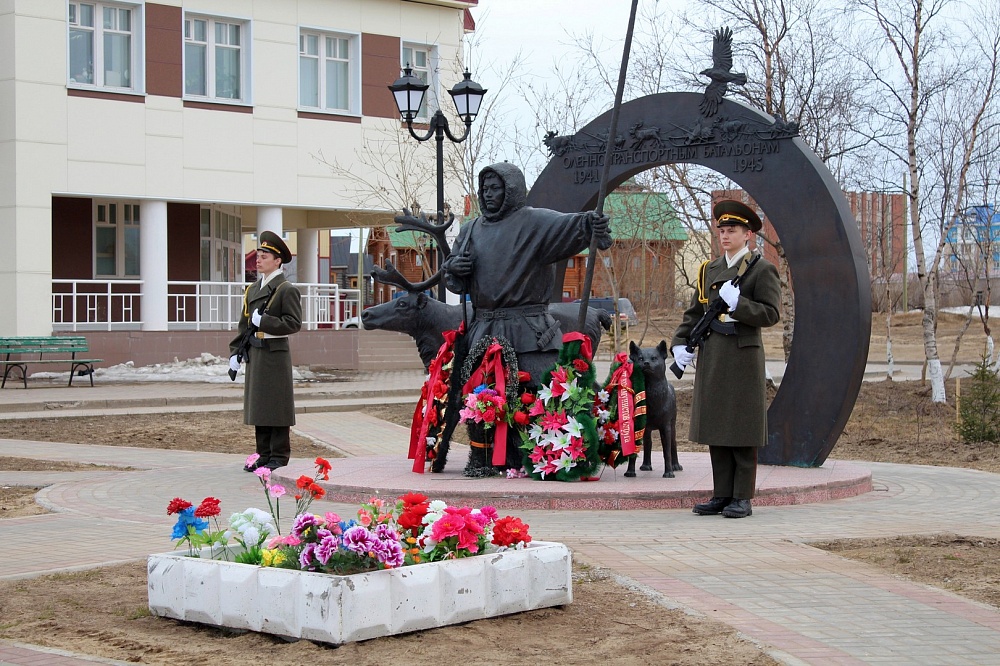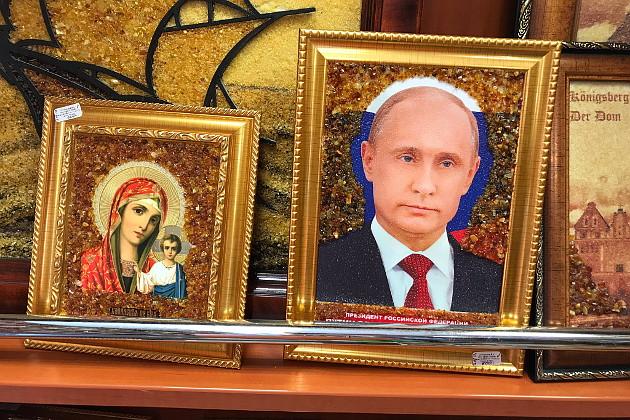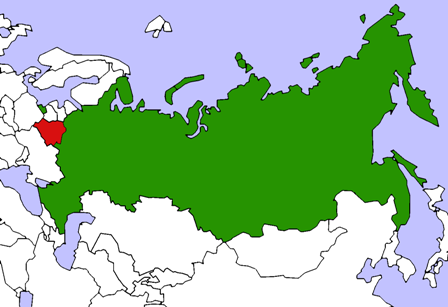A casual consumer of Russian propaganda outlets in advance of Moscow’s commemoration of Victory Day this year could be excused for thinking that the USSR defeated Hitler all on its own and that the Russian people were the only component of the Soviet war effort. But, of course, neither of these memes is true.
The USSR played an enormous role in defeating Nazi Germany but it hardly fought alone or did so without massive aid from the West. And ethnic Russians, the largest ethnic group in the USSR then, did so as well, but they too did not fight alone; and both the contributions and sufferings of other nations must be remembered.
Numerous Russian opposition commentators have pointed out how much the allies, however despised they may be now, contributed to outcome of World War II, but the contribution of non-Russians in the USSR to the Soviet effort have received much less attention, especially in the Moscow media.
That should be corrected, and the Nazaccent portal makes a contribution to redressing the balance although its decision to focus on smaller nationalities rather than on larger ones like the Belarusians and Ukrainians who now have their own independent states understates just how large the non-Russian role was.
The portal carries an article that focuses on four groups, which significantly it identifies not so much in ethnic terms as in economic and regional ones: the reindeer herders of the Northern Peoples, the nomads, the mountaineers of the North Caucasus, and the hunters of the taiga regions of Siberia and the Russian Far East.
During the war, the Saami and Komi, two peoples of the Russian North, formed three reindeer transportation companies within the 14th Army of the Karelian Front. These units transported move than 10,000 wounded soldiers and 17 tons of matériel. Of the reindeer involved, only ten percent survived the war.
In 2012, the Komi succeeded in having a monument erected to these special forces in Naryan-Mar. At present, the Saami community of Murmansk is seeking government permission to erect a second one and is collecting money for this project.
Until 1944 when Moscow annexed it, Tyva (or Tuva) was nominally independent; but it supplied its gold reserve, 50,000 horses and a million head of livestock to feed the Soviet army. And it organized a cavalry squadron, which struck fear into the hearts of the Germans by its remarkable horsemanship and take-no-prisoners approach.
The role of the North Caucasus “mountaineers” was more complicated not only because German forces occupied part of that region, but also because Stalin deported more than a dozen of its peoples declaring them collectively guilty of collaboration with the enemy. In 1942, Moscow ended the draft in the region, but these things didn’t end North Caucasian participation.
By the end of that year, there were 11 national units fighting for the Soviet side on the North Caucasus and Transcaucasus fronts and Nazaccent notes that “after the deportation of the Caucasus people to Central Asia, many Caucasus fighters changed their names in documents and thus remained on the frontlines.”
And the taiga “hunters,” particularly a group from the Nanai nationality, gained fame for their marksmanship. One Nanai sniper was so good that the Germans put a price of 100,000 Reichsmarks on his head.
Related:
- Moscow analyst: Britain’s support for Poland, not Molotov-Ribbentrop, caused WW2, and its backing of Ukraine could trigger WW3
- Control over the past: Russia’s archival policy and Second World War myths
- WW2 victim donates 2,000 euros to Ukrainian fighters: “I would give them my heart”
- Putin reaffirms Stalinist version of origins of World War II, Pavlova says
- Munich and the Molotov-Ribbentrop pact revisited, Part 1: The interwar prelude
- Top-6 Soviet World War II myths used by Russia today
- Understanding the Ukrainians in WWII. Part 1
- The Ukrainian who saved Krakow from destruction and other little-known WWII heroes
- Soviet myths about World War II and their role in contemporary Russian propaganda







